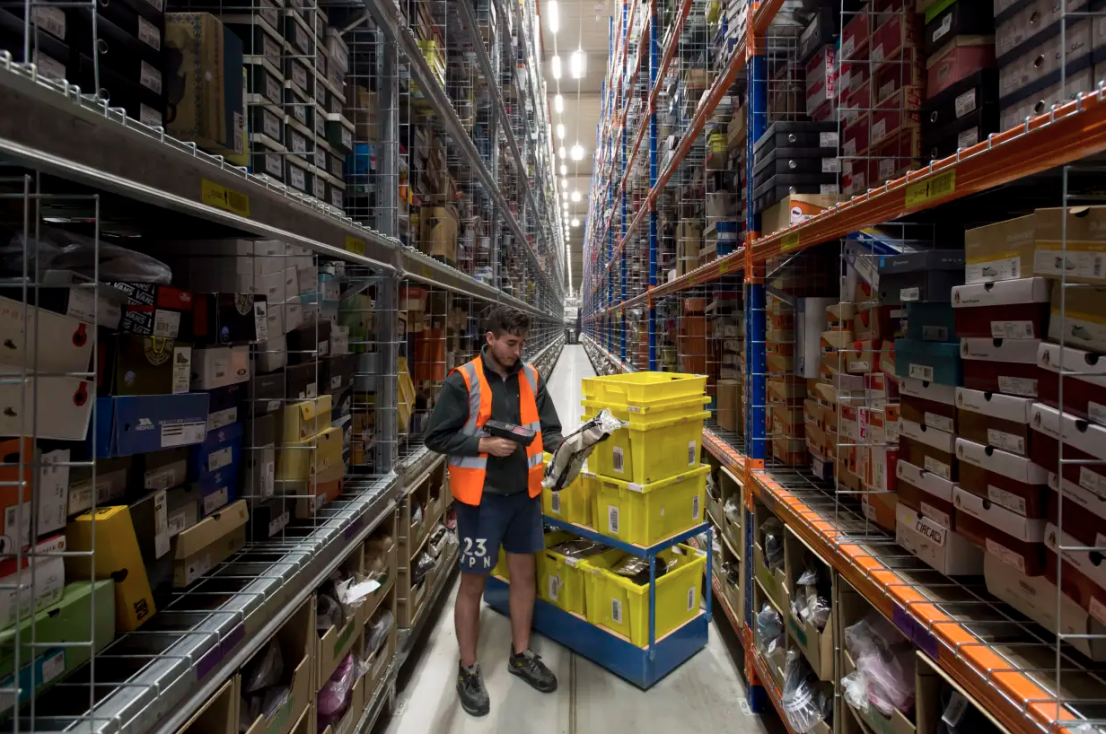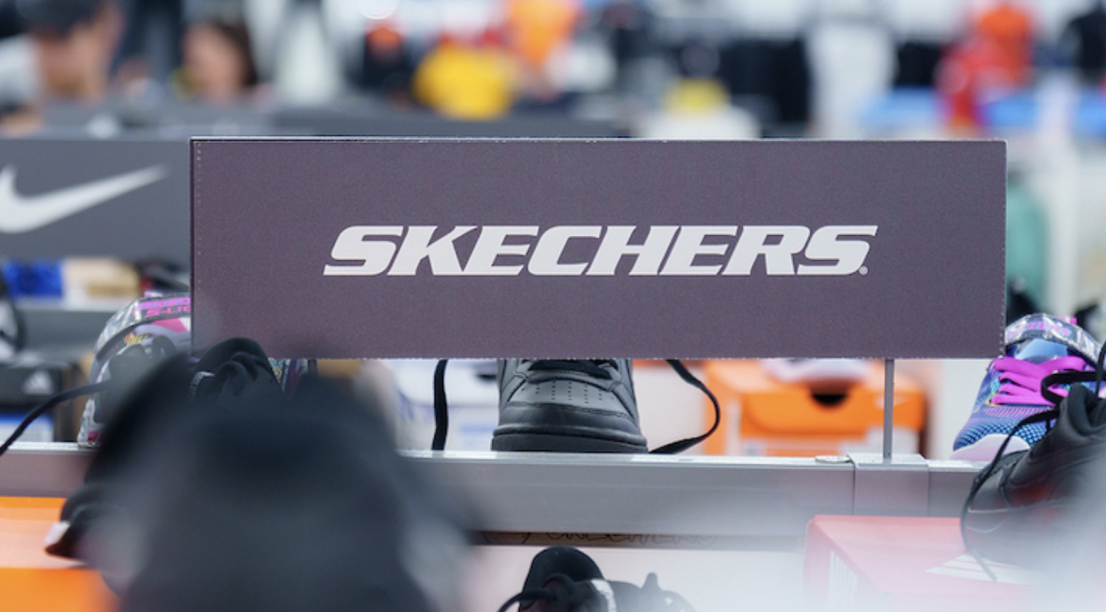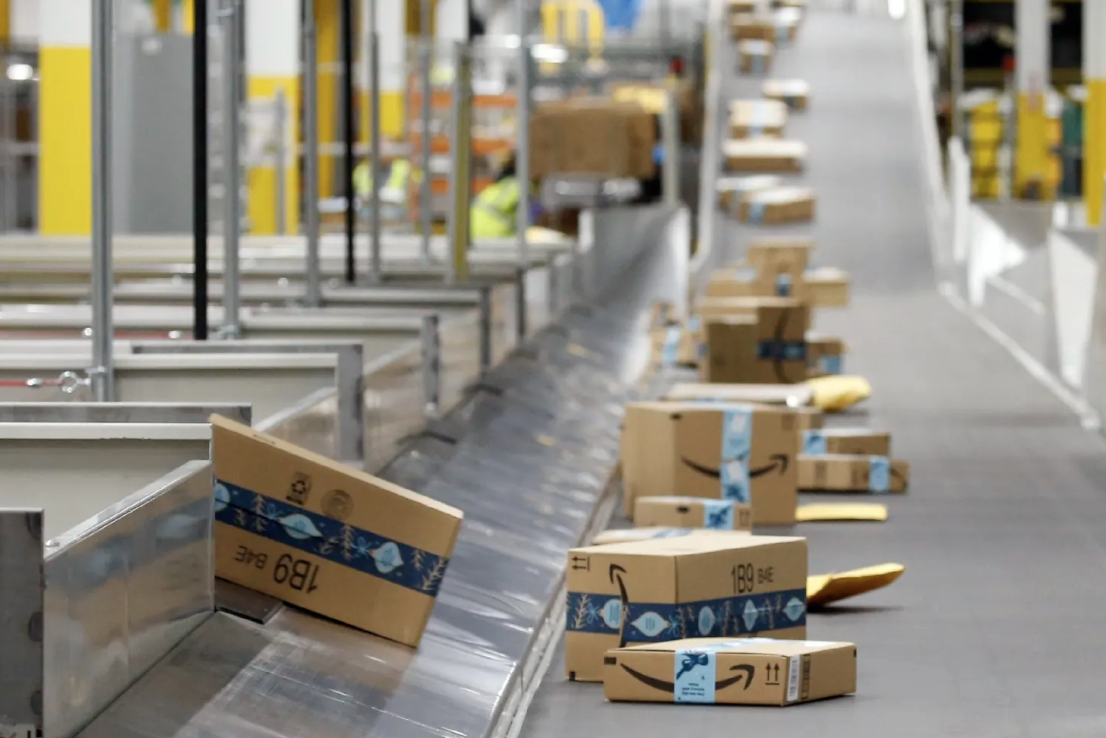
Australia’s online fashion sales have dropped by 8.7 per cent for the full year 2023 to $9.6 billion, down from $10.5 billion in 2022.
This is according to Australia Post’s 2024 Inside Australian Online Shopping Report.
The fashion category plunge was one key driver in an overall online spending drop of 1.2 per cent for 2023 to $63.6 billion, with the home and garden sector producing the second-largest percentage drop of 7.6 per cent, but the largest amount drop of $1.3 billion to $16 billion.
These declines were offset by a 9.1 per cent boost in variety stores and a 2.4 per cent lift in food and liquor purchases.
Cost-of-living pressures driving more cautious spending in 2023 has also highlighted a clear generational gap in spending habits. Millennials (or Gen Y) spent more than any other generation, at $22.1 billion, despite a 2 per cent drop in spending for the year.
Gen X spent $17.47 billion online, a lift of 1 per cent from last year, while Baby Boomer spending lifted 7 per cent to $12.5 billion.
Gen Z spent the least in 2023 at $10.64 billion, a double-digit drop of 11 per cent from the year before.
Despite the overall dip, the online shopping report found that 9.5 million households received a parcel in 2023, up by 1.4 per cent year-on-year (YoY), with over 1.5 million more Australians shopping online compared to 2019.
“Australians are shopping online more often, with 1 in 7 households shopping weekly,” Australia Post executive GM of parcel, post and e-commerce Gary Starr said. “While basket sizes were smaller this year, the increasing trend in repeat shopping highlights the reliance on eCommerce in everyday life.
“This year, online sales events accelerated in popularity, almost becoming traditions for Aussie shoppers. The Black Friday sales event alone saw an 88% jump in online purchases, compared to 2019 and retailers were quick to capitalise.”
“The success of sales events like Black Friday and Cyber Monday ultimately contributed to Australia Post achieving its biggest eCommerce peak period ever, delivering nearly 100 million parcels in November and December.”
Across the country, West Australians embraced the online shopping trend with the strongest YoY growth in number of online purchases of the states/territories at 5.1 per cent. This was closely followed by the Northern Territory (4.6 per cent) and Queensland and Tasmania (4.3 per cent each).
Rural Australia reported a larger increase in online shopping activity since 2019, up 18 per cent, compared to metropolitan areas which had lifted by 16 per cent.
Victoria and New South Wales both saw drops in online spending, down 1 per cent and 2.1 per cent respectively.
According to the report, these decreases seem to match a trend where online shopping is going back to normal after an unprecedented surge during the COVID-19 pandemic.










